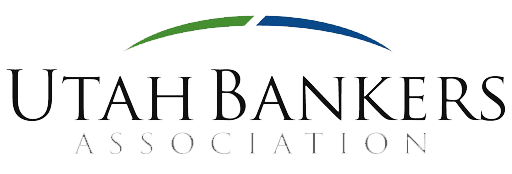Assessment of non-sufficient funds fees (NSF) on representments of items, such as Automated Clearing House (ACH) withdrawals and checks, have been a heightened risk issue for financial institutions. While this is not a new issue because checks have been represented for decades, the volume of electronic transactions over that same period has drastically increased. The lack of clarity around how much one bill hitting a consumer’s account could cost them in a negative balance situation creates the heightened risk for unfair, deceptive, or abusive acts or practices (UDAAP). The FDIC noted this information in the March 2022 Supervisory Highlights; however, on Aug. 18, 2022, a Financial Institution Letter (FIL), Supervisory Guidance on Multiple Representment NSF Fees1, was issued.
In the FIL, the FDIC notes the issuance of this guidance presents an elevated risk of violations of law and harm to customers. The guidance outlines the consumer compliance, third-party, and litigation risks associated with the handling of NSF and provides for several risk management procedures to assist institutions in minimizing the risks related to potential unfair or deceptive practices.
Based on these areas outlined, there are a few takeaways institutions need to be prepared for regarding representments:
- Account Disclosures – Deposit account disclosures, such as terms and conditions, truth in savings disclosures, and fee schedules, must be updated to show that representments of items can occur and could result in multiple fees to the customer.
- Unfair Practices – The FDIC specifically noted that while revising disclosures may address the risk of deception, doing so may not fully address the unfairness risk of assessing NSF fees on the same item represented multiple times. This means the disclosure change alone may not be the full solution for this issue, more of a bandage for now.
- Third-Party Risk – Third parties, including core processors, often play significant roles in processing payments, such as identifying and tracking represented items and providing systems that determine when NSF fees are assessed. Such third-party arrangements may present heightened UDAAP risk if not properly managed. Institutions are expected to maintain adequate oversight of third-party activities and appropriate quality control over products and services provided through third-party arrangements.
When a utility bill payment, for example, is presented up to four times by the utility company’s processor of batch ACH transactions, it could result in four charges to the customer. That could significantly impact the average consumer who does not understand or realize they can be charged multiple times for the same utility bill, and institutions need to identify any risks or controls they can put in place. Industry system providers in this space are not ready for the handling and discernment between items and when it is a representment instead of a newly presented item. Some vendors have reported updates will not be ready until 2023 for this issue; some could be as late as midyear. This is the immediate issue, and institutions cannot be expected to review each NSF manually. Until a solution is presented, there will continue to be a risk for the institutions.
The question is, what can you do now to help minimize the UDAAP risk? The FDIC addressed its approach in the guidance issued as follows:
“When exercising supervisory and enforcement responsibilities regarding multiple representment NSF fee practices, the FDIC will take appropriate action to address consumer harm and violations of law. The FDIC’s supervisory response will focus on identifying representment-related issues and ensuring correction of deficiencies and remediation to harmed customers. In reviewing compliance management systems, the FDIC recognizes an institution’s proactive efforts to self-identify and correct violations. Examiners will generally not cite UDAP violations that have been self-identified and fully corrected prior to the start of a consumer compliance examination. In addition, in determining the scope of restitution, the FDIC will consider an institution’s record-keeping practices and any challenges an institution may have with retrieving, reviewing, and analyzing re-presentment data, on a case-by-case basis, when evaluating the time period institutions utilized for customer remediation. Failing to provide restitution for harmed customers when data on re-presentments is reasonably available will not be considered full corrective action. If examiners identify violations of law due to re-presentment NSF fee practices that have not been self-identified and fully corrected prior to a consumer compliance examination, the FDIC will evaluate appropriate supervisory or enforcement actions, including civil money penalties and restitution, where appropriate.”
Therefore, if you are an FDIC-supervised institution, you need to be proactive and try to identify potentially harmed customers and develop a plan for corrective action. This may include a lookback for restitution. If you are not an FDIC-supervised institution, you should remain on high alert because this has escalated quickly and could with the other agencies as well.








